Welcome to our in-depth guide on how to extend the lifespan of your PEV’s battery. On average, a standard PEV battery lasts between 600-800 charge cycles, which is approx. 3-4 years of daily use and charging.
Read through and learn our top tips, covering safeguarding, maintenance and more. Incorporate all of these into your routine to ensure that you get the maximum performance and use out of your PEV battery. Start by learning what causes batteries to fail below:
What Causes Batteries to Fail
Whilst we have plenty of ways to extend your battery lifespan, the best way to do this is to safeguard against failure. Outside of physical damage, a number of factors can cause a battery to fail. Whilst many types of batteries see use in various PEVs, many share the same weaknesses.

The majority of modern models utilize lithium-ion cells, which are still prone to problems eventually. No matter what you’re riding, be it an eBike or an electric skateboard; almost all battery cells remain vulnerable to these variables. Learn about these causes below, from loss of active material and mechanical stress to exposure and extreme temperatures:
Freezing Temperatures
Operating at a cold temperature causes an increase of internal resistance whilst lowering the capacity of the battery; with tests even indicating that capacity is reduced up to 50% in extreme cold (-18°C). Low temperatures also slow the rate ions diffuse via the separator, reducing running efficiency and overall lifespan.
High Temperatures
Storing or operating your battery at very cold temperatures degrades the materials binding carbon/metal oxide to any electrodes—alongside melting the separator, dissolving cathode metals/SEI layer, and affecting many other critical components. It can even cause the decomposition of electrolytes. We highly recommend keeping your battery operating between 18-22°C.
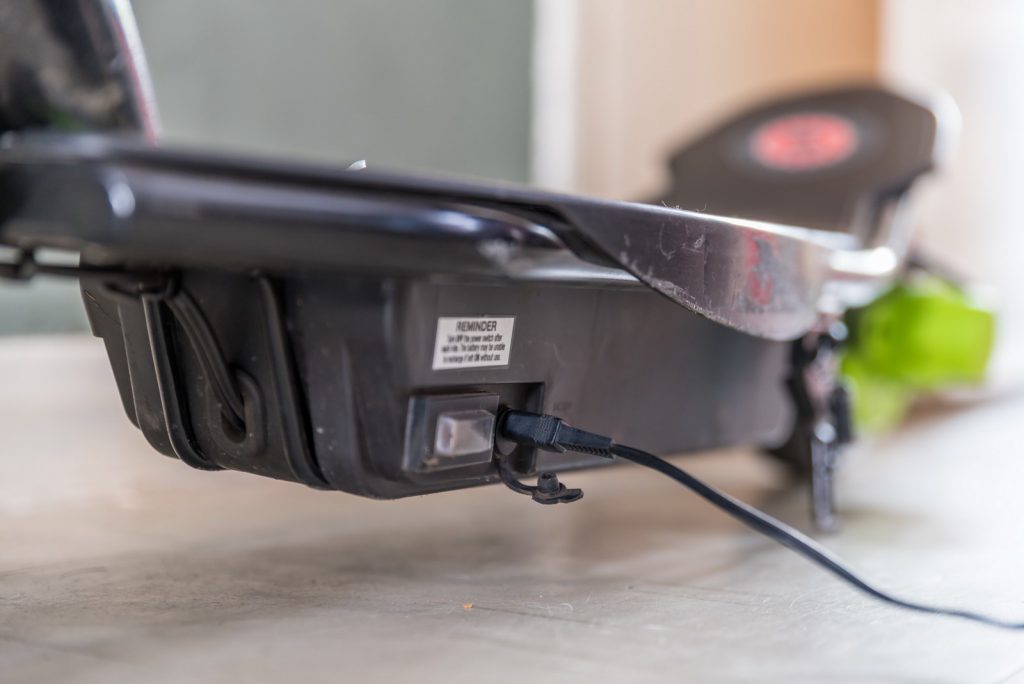
Overcharging
Keeping your battery consistently at a high state of charge is known to corrode components within the cathode; particularly the aluminium current collector and binder material. It also dissolves the sensitive SEI layer, whilst increasing stress on internal components. We recommend maintaining just 80-90% charge for everyday use.
Undercharging
Ironically, not maintaining enough charge also causes damage, mostly through corroding the copper current collector found within the anode. It also dissolves other transition metals integral for operation over time.

High Discharge Current
This increases the mechanical stress undertaken by internal components during charging. Whilst it’s hard to prevent a high discharge current, it’s avoided by using a suitably sized capacitor. A capacitor supplies the transceiver with an active current whenever the node is active.
High Charging Current
Whilst this may charge a battery quicker, it causes additional stress on mechanical components during charging. Excessive current flows into the battery, furthering electrolyte decomposition while accelerating premature ageing of the battery cells. Ensure that you only use compatible chargers on your PEV.
Top Tips to Maximise Battery Life
Always Use the Correct Charger/Voltage
As discussed, overvoltage and high charging current can short circuit the battery, causing failure. Using a charger not designed for your battery is easily capable of damaging and even outright destroying your battery. If you must use a different charger, ensure that the voltage/ampere output matches the battery requirements.
However, it’s always worth picking up a replacement from the manufacturer if possible. In fact, some brands even offer warranties on both the battery and charger. Read through our list of the 10 best backed eBike brands and discover our list of industry leaders there.

Avoid Fully Charging Your Battery
This may seem counter-intuitive, yet it safeguards against issues caused by overcharging and high currents. For your first ride, charge the battery to full. After this, we advise charging to around 80-90% before unplugging. This applies to most batteries, including those found in electric cars and some mobile phones.
Most manufacturers include the required charging time within the listing, so take note of that if possible. If this is taking longer than expected, this is likely caused by a defective or dying battery; most of which are often covered by up to 2 years of warranty by any good PEV company.
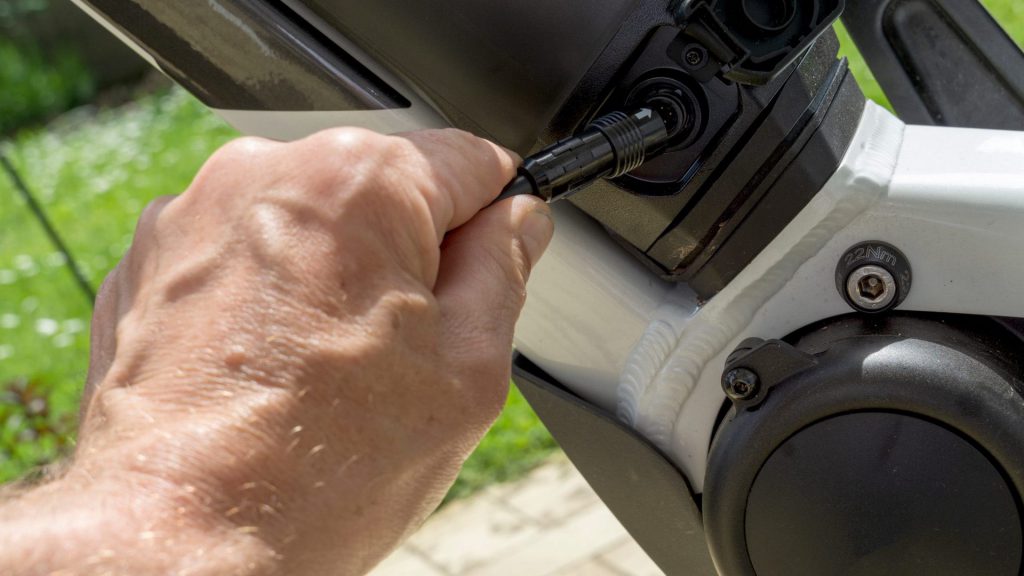
Never Fully Drain Your Battery
A good way to maximise battery life is to ensure that it never fully drains. As discussed, this may damage sensitive components. A fully discharged battery also causes an increase in internal resistance, making it more difficult to recharge. We recommend maintaining a charge between 10-40% in order to best avoid issues and maximise lifespan.
This is also quite convenient, as it ensures you will always have some charge left in your ride—allowing for a quick getaway if needed. Lastly, avoid using highly demanding riding modes too often, such as ‘dual motor’ or ‘turbo’ options. This will help you avoid putting unnecessary stress on the battery.
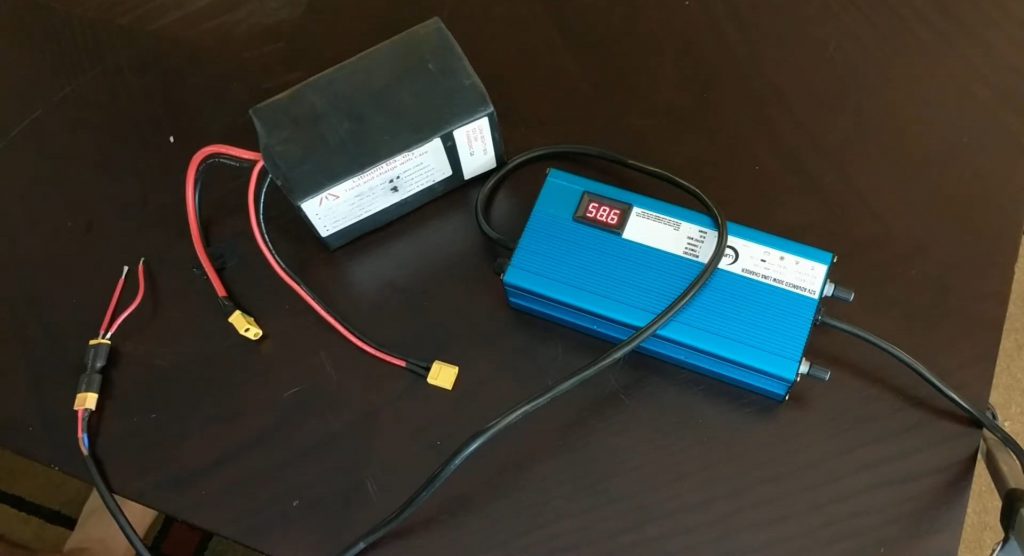
Avoid Fast Charging
One of the biggest selling points in the electric vehicle market is how fast the battery charges. As such, many “dual” and “rapid” charging options are available, which greatly reduces the time spent charging. However, this high-voltage charging can cause additional stress on battery components when done frequently.
By all means, use rapid charging here and there, or when you’re in a rush. Just don’t make a habit of it; wait a little longer per charge and you’ll find your PEV battery lasts much longer.
Safe Storage
Always an important step, safe storage is essential in keeping your battery functional. Remove the battery (if possible) and store it in a dry area of moderate temperature, at least 8 °C or above; preferably between 20-22 °C. Avoid extremely hot or cold temperatures, which could otherwise damage the battery and its components.
This also applies to the full PEV unit. Avoid leaving it out in the blistering heat or cold all day to achieve maximum usage out of it. If you do plan to keep your PEV outside, though, you might want to learn more about how to better protect your eBike in our PEV winterisation article. Want to safeguard against theft? Read our post on PEV protection here, too.
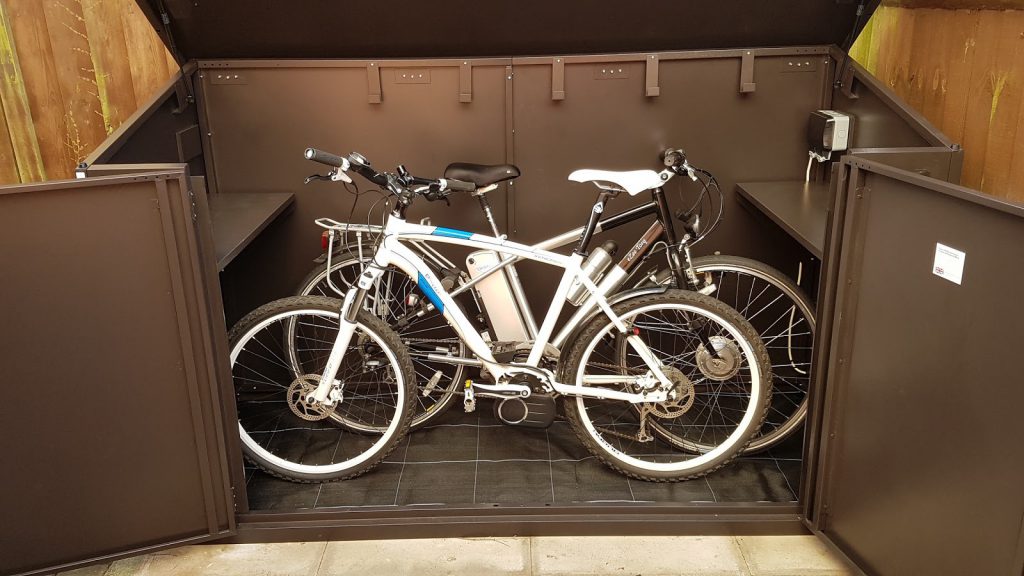
Additional PEV Battery Protection
Battery Management System
There are a number of other ways to extend your battery life and better safeguard against damage. For starters, we highly recommend choosing a PEV model with a pre-existing battery management system (BMS). To ensure this, read through your prospective PEV’s specifications beforehand.
These systems monitor the battery status whilst optimising battery performance and providing additional protection. A BMS can even regulate the temperature of a battery pack during charging or operation through heating and cooling, making it an essential addition!
Battery Covers
Battery covers offer an additional level of protection from the elements, helping to maintain the battery’s temperature. Whilst this alone is not enough, it works well and complements other safeguarding measures. View one of our recommended battery covers here.

Waterproofing
An obvious inclusion, adequate PEV waterproofing is essential for any outdoor rider. We highly recommend choosing a model with an IP rating of at least ‘IP54’, for added protection against sustained water pressure and dust ingress. The higher the IP rating, the better protected your battery is against external elements.
Warranty
The best way to guarantee performance from your battery is through a warranty, which should be offered by most PEV brands. Whilst the most common length in the industry is ~2-3 years, we’ve seen some companies extend this to upwards of 5 years.
As such, always read the manufacturer’s warranty policy, and ensure it matches your expectations. We also recommend purchasing an extended warranty, if one is available and affordable.
Buy an Additional Battery
Many PEV manufacturers stock replacement batteries, amongst other spare parts. Utilising two batteries removes the pressure created by constantly operating a single battery—although riders will still need to take care of both batteries properly and be willing to invest in buying the second battery.
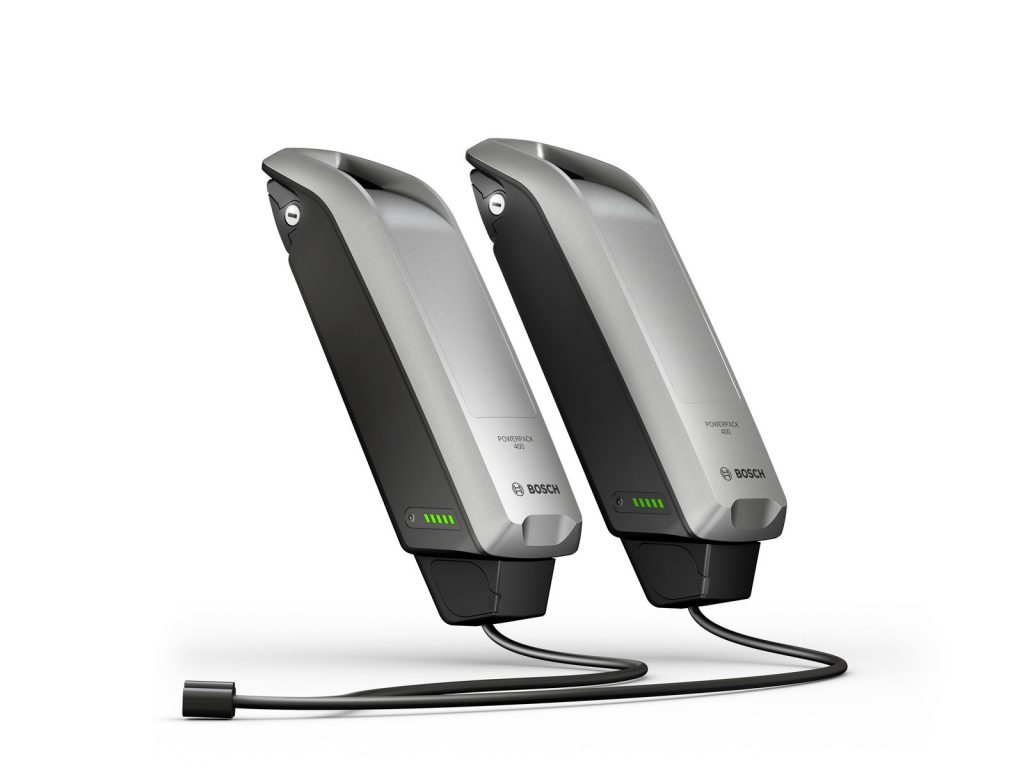
Charge Frequently
Recharge your battery at least once every 3 months, even if you haven’t used it. This helps keep electrons flowing through the system and better prevents corrosion. Remember, avoid overcharging or letting the battery fully drain of power before recharging.
Final Thoughts on PEV Battery Life
Thanks for reading our top tips on how to extend your PEV’s battery life. This guide will apply to the majority of batteries in use today. DIY technicians among us can also benefit from a short video guide on how to troubleshoot and repair a battery.

We only recommend repairing your battery solo if you have specialised knowledge and the right tools. Furthermore, DIY maintenance is not required if your purchase remains covered by any warranty. It’s always easier, safer and more effective to let the company deal with it.
We hope we helped you to extend the lifespan of your PEV battery. Return to our news section for the latest PEV updates. Spotted something we’ve missed? Leave us a comment, we’d love to hear from you!


